Automation has the power to revolutionise labour-intensive processes in a bakery, from dough preparation, dividing, and sheeting, to proofing, baking, filling, and packaging.
It can help address labour shortages, improve consistency and hygiene, and grant the flexibility to cater to changing consumer preferences with gluten-free and plant-based products.
“Equipment that enables faster production, precise control over processes, and reduced downtime is particularly sought after,” comments Ronald Hoiting, head of marketing UK & Ireland at equipment supplier Rademaker. “By aligning production capabilities with forecasted growth and meeting rising demand, bakeries can scale effectively.”
So, what are the trends that have shaped bakery equipment over the past year, and what new technologies are emerging for the future?
Lightening the load
No-one wants to be replaced by a machine, necessarily, but there are certain unskilled tasks that bakery operatives will gladly have taken off their hands (and other body parts prone to repetitive strain injuries).
Handling big batches of dough is a fine example. At Henllan Bakery in North Wales, a newly installed Koenig Combiline machine came with a low-level hopper and dough feed conveyor that elevates it automatically. The firm’s production director, Tom Moore, says this helps save the backs of his workers from strenuous heavy lifting, whilst improving efficiency and conditions overall. This will “hopefully help to boost staff retention in return,” he adds.
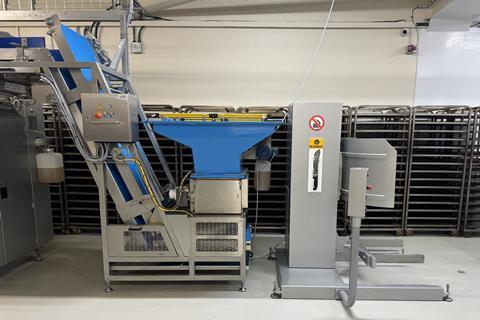
You don’t have to wait until aging equipment is about to pack up either. Henllan’s old Combiline has been in operation for the past 15 years but is still working well thanks to regular servicing from supplier EPP. The business decided to keep it in situ as a backup for its newly purchased line, also affording the option to double production should the need arise due to seasonal spikes. “We see it as a great investment for the future of our business,” comments Moore.
A call to robot arms
Another common process open to automation is the placement of trays onto racks and, in the case of Henllan, the unloading of products from hot trays straight out of the oven. The fifth-generation family firm recently brought online what it says is the UK’s first ‘Traybot’ that slides freshly baked baps onto a conveyor belt heading into a cooling spiral. The empty trays are then rapidly returned to the racks by the robotic arm.
“This has been a huge achievement for the business getting this project over the line, saving all the handling of trays, moving racks and the constant repetitive strain movements on our bakers’ backs, knees and wrists,” Moore notes. “We have redeployed the three staff who used to unload trays into other area of the bakery as we continue to grow, which has been beneficial to us as there is a skilled labour shortage within the industry at this point in time.”
Henllan’s prioritised efficiency and operational standards impressed judges at the Baking Industry Awards 2024, who named it a finalist in the Craft Bakery Business of the Year category.
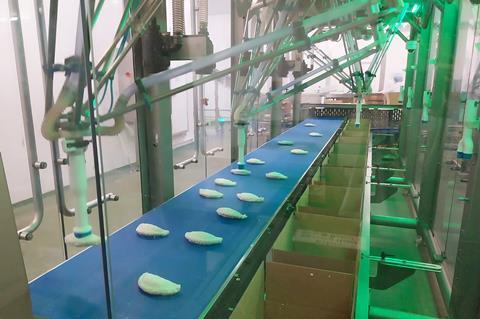
Robotic arms can also be used to great effect in packing. For example, Manufacturer of the Year 2024 finalist Proper Cornish installed a four-cell Packing With Robots system at its site in Bodmin last year that uses suction cup grippers on the end of robotic arms to pick up frozen products including pasties and turnovers and quickly and accurately place them into cardboard boxes.
Each of the four cells are capable of packing 75 products per minute, giving a total handling capacity of 18,000 units per hour. Despite this level of automation at the end of the production line, the company will still maintain a dedicated team of hand-crimpers that produce up to 66,000 pasties per day.
“Although we’ve installed a pick and place packing system, we will never remove any of the processes that affect the tradition of our products,” confirms Paul Saunders, managing director at Proper Cornish.
Making the cut
Cutting machines are a popular choice among bakery manufacturers as they help improve consistency by reducing the likelihood of human error – the potential for human injury is eliminated too.
In fact, cutting machines are now in the top three types supplied by Brook Food & Bakery Equipment, behind mixers and ovens and ahead of sheeters and depositors.
Ultrasonic cutting, which has blades vibrating at a frequency up to 40,000 times per second, has had its biggest year at Brook according to sales manager Mike Moran. “Compared to eight or nine years ago, ultrasonic cutting in bakery and food manufacturing is enormous,” he says, adding “there’s certainly time, labour, and yield benefits from ultrasonic cutting.”
The next big thing in bakery cutting is waterjet, which involves highly pressurised thin jets of water slicing through products such as a tray of cake or scoring the tops of dough portions before they enter an oven. This can be done at speed and with great precision, not just in straight lines but also curves and points.
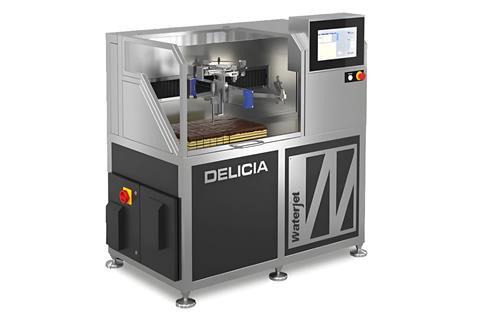
Last year, Brook secured an exclusive deal to supply waterjet cutting machines from Italy while the technology also appeared at the IBA 2023 exhibition in Munich as part of Koenig’s new bread scoring system.
Moran reckons it’ll be a while before waterjet cutting becomes a mainstream solution in the UK bakery market, but notes that Brook launched it with a strategy for growth over the next few years. “Scoring of bread has been a headache for loads of people,” he adds. “Such a redundant exercise for medium to large manufacturers, and now more and more are going to a water scoring system.”
One such bakery firm is Panificio Italiano, a two-time Manufacturer of the Year category finalist which has been scoring its ciabatta loaves with waterjets for well over a year already.
Get smart
While championing the use of automatic cutters in bakery operations, Made Smarter Northwest Adoption programme director Donna Edwards reminds that staff can be relocated to higher value business areas, where their roles are more varied and satisfying.
“These technologies are also equipped with data collection systems,” she reveals. “So, at the same time as they’re helping drive the manufacturing process itself and removing onerous or heavy tasks away from people, they’re also feeding an organisation with operational data.
“The analysis of this data can provide business intelligence which can be turned into process improvements as well as better compliance practices,” adds Edwards.
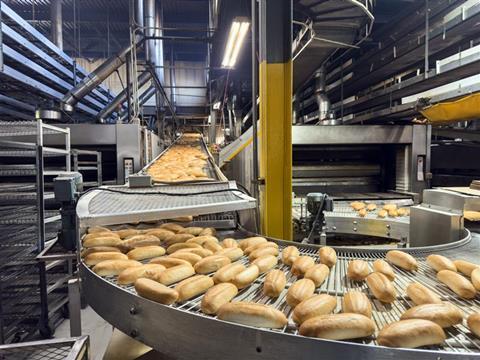
Made Smarter Adoption is a government-funded programme launched in 2019 which helps SME manufacturers to adopt technology, develop new digital skills, and embark on their digital transformation. Among the announcements in the recent Autumn Budget was that £16m would be spent expanding the programme to all nine English regions in 2025/26.
Funding from Made Smarter has helped enhance production processes at numerous businesses including Northwest-based brands Studio Bakery and Chandley Ovens. Handmade Speciality Products (HSP) in Coventry is another case study – the manufacturer used a £20,000 grant to purchase new equipment running in conjunction with a robotic cutting machine that has helped increase gingerbread and biscuit capacity by over 50% and significantly improved consistency.
“Historically we have had to temporarily recruit and train agency workers during seasonal periods, especially Christmas, Halloween and Easter,” explains HSP sales director James Raeburn, adding that it produces over five million biscuits per year. “Our new way of working means we have been able to take on more permanent staff and upskill our staff to use the new equipment. It has been really good for the business.”
Switching up ovens
A 2023 fraught with soaring energy prices saw many bakeries exploring the cost saving implications of investing in new, more efficient ovens. Brook’s Moran admits the changing of ovens was bigger last year but says that it’s something that has not gone away, albeit for some different reasons now.
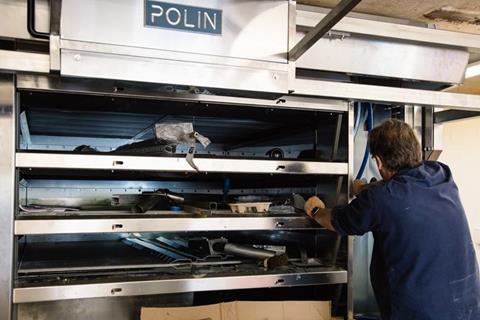
According to Moran, there’s been a “huge amount of people” enquiring about wood pellet ovens, which he says is not necessarily a direct result of the panic behind the increase of gas and electricity but more to do with them wanting to be more sustainable and have a different USP. Couple that with powering the rest of the business with solar panels, new wood pellet ovens could help offer a unique proposition to customers looking for strong sustainability credentials.
For many bakeries across the UK, automation remains an essential part of meeting growing demand, maintaining product quality, and staying competitive in an evolving market. Further advances in technology and increasing access to funding for equipment investments will help continue the baking industry’s march forward.



















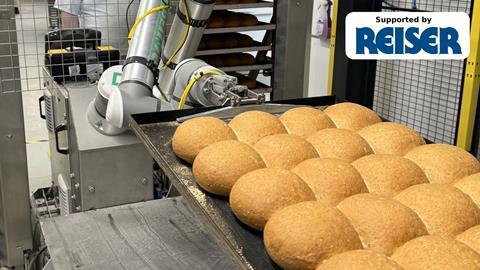
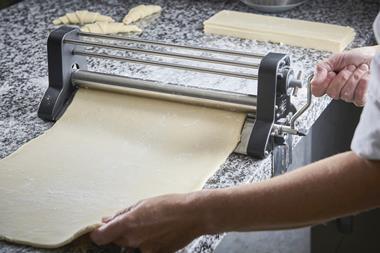
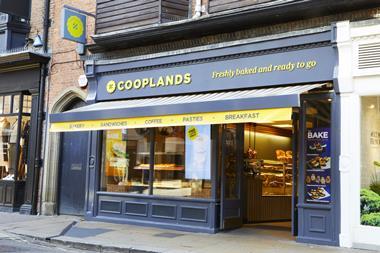
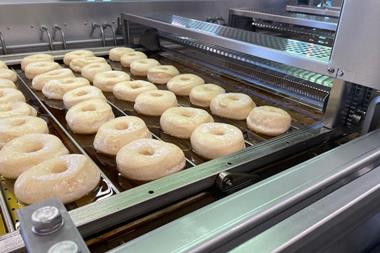

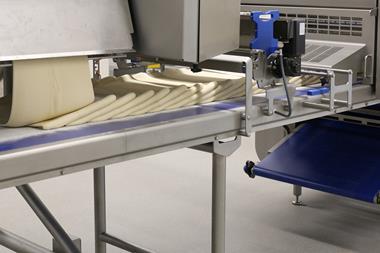
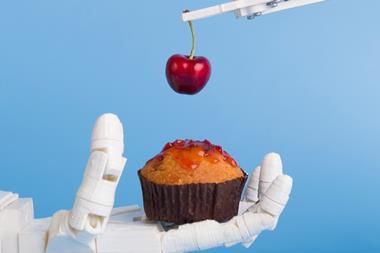


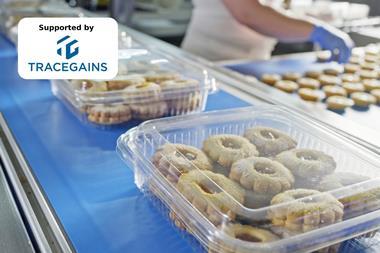

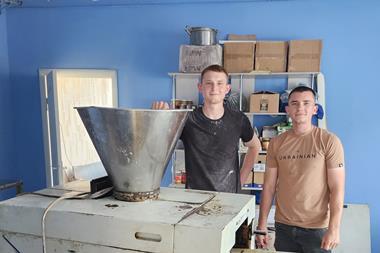


No comments yet